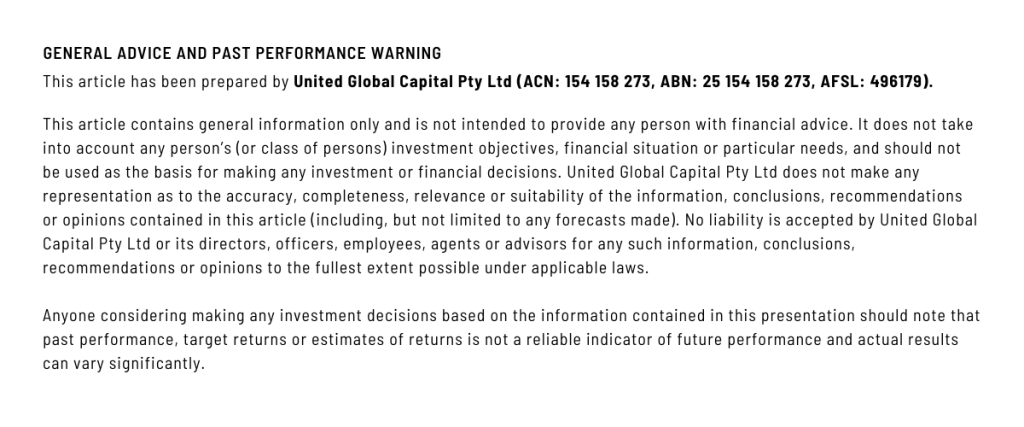Gearing: Risks, Rewards, and How to Stay Ahead of the Game
Gearing, a practice also referred to as borrowing to invest or leverage, is a strategy that can potentially yield significant returns in a rising market. However, it’s essential to recognise that it comes with inherent risks, including the possibility of substantial losses when markets take a downturn. It’s crucial to remember that even if your investments decrease in value, you are still obligated to repay the investment loan and the associated interest.

Borrowing to invest is considered a high-risk strategy and is typically recommended for experienced investors. Before embarking on this journey, it’s essential to understand how it works and the potential pitfalls.
How Gearing Works
Gearing is a medium to long-term strategy, generally spanning five to ten years. It is most commonly executed through margin loans for shares or investment property loans, with the investment itself typically serving as collateral for the loan.
Margin Loans
Margin loans allow you to borrow funds to invest in shares, exchange-traded funds (ETFs), and managed funds. However, they come with specific requirements, primarily related to the loan-to-value ratio (LVR). Margin lenders typically expect you to maintain the LVR below an agreed-upon level, often around 70%. The LVR is calculated as the value of your loan divided by the value of your investments.
If the value of your investments drops or your loan increases, your LVR may exceed the agreed level, triggering a margin call. In such cases, you usually have 24 hours to reduce the LVR to the agreed level. You can achieve this by:
- Depositing funds to reduce your margin loan balance.
- Adding more shares or managed funds to increase the value of your investment portfolio.
- Selling a portion of your portfolio to pay off part of your loan balance.
- Failure to bring down the LVR may result in your margin lender selling some of your investments to lower it.
It’s vital to understand that margin loans carry a high level of risk. If market conditions turn unfavourable, you could potentially lose more than your initial investment. If you’re uncertain about how margin loans operate and the associated risks, it may be wise to seek professional advice before pursuing this strategy.

Investment Property Loans
Investment property loans can be used to invest in various types of properties, such as land, houses, apartments, or commercial real estate. While you earn rental income from these properties, you are also responsible for covering expenses like council rates, insurance, and maintenance costs.
High Risk and Considerations
While borrowing to invest can provide access to more capital, potentially boosting your returns and offering tax benefits for high-income individuals, it’s essential to acknowledge the heightened risks:
- Bigger Losses: Gearing amplifies your losses if your investments decline in value. You must repay the loan and interest regardless of the performance of your investments.
- Capital Risk: The value of your investments can decrease, and if you are forced to sell them quickly, it may not cover the outstanding loan balance.
- Investment Income Risk: Income from investments may not meet your expectations. For instance, renters might vacate a property, or companies may not pay expected dividends. Ensure you can cover living expenses and loan repayments even if your investment income falters.
- Interest Rate Risk: If you have a variable-rate loan, rising interest rates can increase your interest payments. Assess whether you can still afford repayments in the event of interest rate hikes.
Borrowing to invest is a sensible strategy only when the post-tax return exceeds all associated costs, including the loan. Otherwise, you may be taking on substantial risk for minimal or negative returns.
A Cautionary Note
Some lenders offer the option to use your home as collateral when borrowing to invest. This practice should be carefully considered before being entered into. In the event of investment losses and inability to meet repayments, you could risk losing your home.
Managing the Risk of an Investment Loan
If you decide to pursue a gearing strategy, consider the following tips to mitigate risks and make informed decisions:
- Shop Around: Explore multiple lending options to find the best investment loan with favourable terms, interest rates, and features.
- Borrow Conservatively: Borrow less than the maximum amount offered by lenders to minimise interest repayments and potential losses.
- Make Interest Payments: Regularly servicing your loan’s interest prevents it from compounding and becoming unmanageable.
- Maintain an Emergency Fund: Ensure you have accessible cash reserves to cover unexpected expenses, reducing the need to sell your investments in a hurry.
- Diversify Your Investments: Spreading your investments across various assets can protect you from the impact of a single asset’s poor performance.
Gearing and Tax Considerations
Before borrowing to invest, it’s crucial to understand whether you will be positively or negatively geared and how this may affect your cash flow and tax position.
If you have any questions or require guidance on gearing strategies and wealth management, please feel free to contact us. Our experienced team is here to assist you in making informed financial decisions tailored to your goals and risk tolerance.

